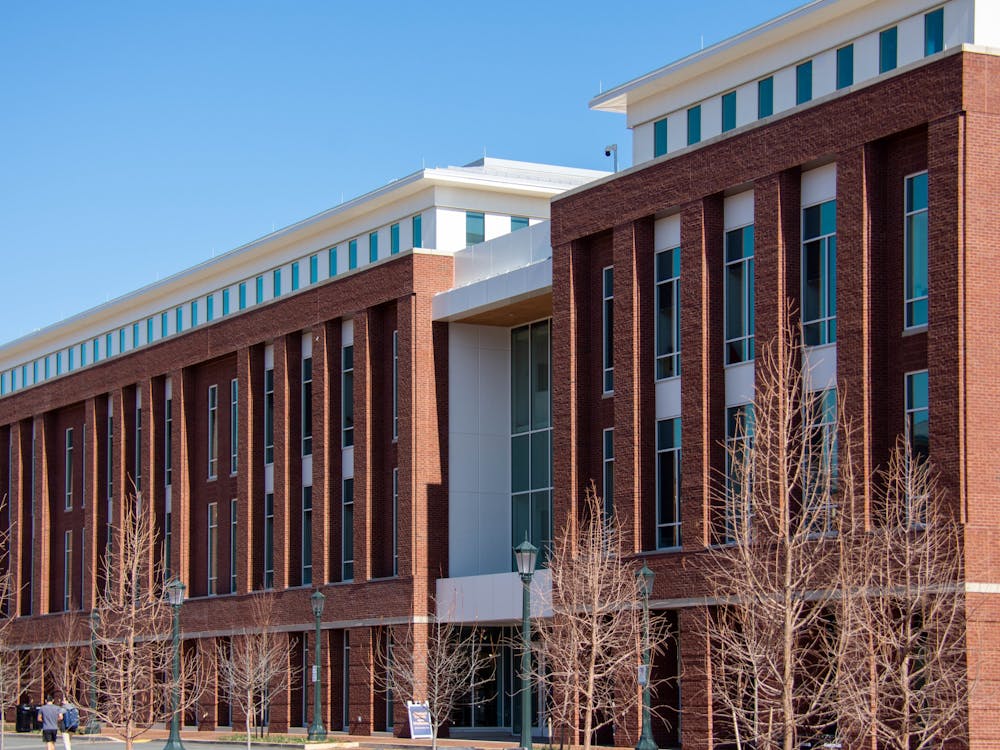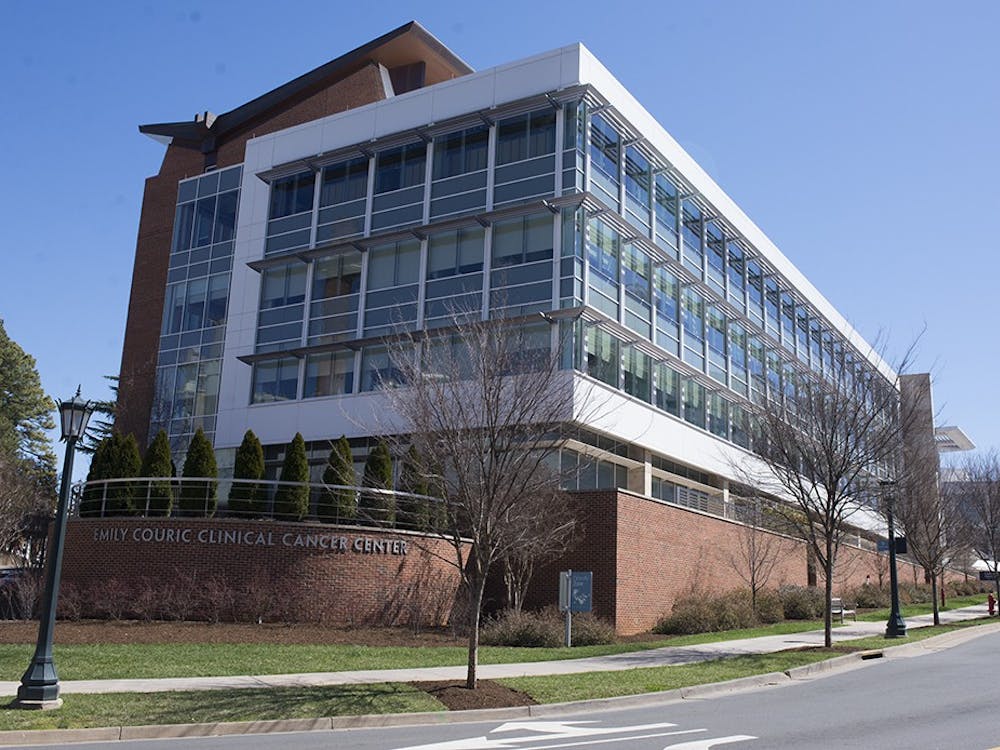When sexuality is studied or discussed, it is normally about one end of the spectrum or the other; that is, most information available concerns homosexuality or heterosexuality. There has been relatively little interest concerning bisexuality.
This is particularly interesting, since a prominent view of sexuality, called "queer theory," suggests that it is on a spectrum.
"Sexuality is very fluid, and you can be at any part of the spectrum at any time in your life," said Jill Raney, co-vice president of the Queer Student Union.
Fourth-year College student Adrienne Patton, chair of the Minority Rights Coalition, said she agrees with this sentiment.
"I feel like there are very few people who are fully straight," she said.
Patton's view ties back to that of Carl Jung, who was a psychological theorist in the early 1900s. According to Lenny Carter, assistant director of Counseling and Psychological Services, Jung proposed the "idea that probably smaller numbers of people would be truly 100 percent heterosexual."
Carter added that according to Jung, many people probably have "fleeting ideas of same-sex attraction."
This seems to suggest that most people have bisexual desires to some extent, however fleeting they may be.
Though the idea that bisexual attractions are perhaps more typical than heterosexual ones has been around for nearly 100 years, those who openly identify themselves as bisexual face many difficulties that gays and lesbians do not.
"People make assumptions and don't take time to ask about individual experiences," said Ben Hines, an openly gay University alumnus, who is familiar with many of the issues bisexuals have to deal with. "We don't like to admit we don't understand, so we pretend that we do and our assumptions are often wrong."
One of these assumptions, Hines claimed, is "the idea that bisexual people aren't capable of having long-term relationships" without having an affair "on the side."
This is one of the first assumptions to be shot down by those who identify as bisexual, because, as Hines said, "It's just not fair."
According to Psychology Prof. Charlotte Patterson, another assumption that people often make is that bisexuality is only a "temporary identity as one adapts from one identity to another."
Patterson explained that although some people do conform to this stereotype and maintain bisexuality as only a temporary identity, many identify themselves as bisexual for their entire lives.
"It is transitional for some, but not for others," Patterson said.
Both gay and straight individuals have claimed that a person cannot actually be bisexual.
"Some people close to me do not even believe that [bisexuality] is possible," Raney said.
According to a study conducted by a team of psychologists from Northwestern University and the Center for Addiction and Mental Health in Toronto, bisexuality may not be a distinct orientation.
The psychologists measured genital arousal patterns of men in response to images of men or women, and they found that men who claimed to be bisexual were aroused only by images of men or women, but not by both.
A common critique of this study, though, is that attraction manifests itself in ways beyond the physical; Carter pointed out that emotional attraction and intimacy are key factors as well.
Patton believes the view taken by some that bisexual individuals are either gay or straight is mainly a misunderstanding of labels. She describes sexuality in terms of three facets: desires, behavior and labels. "One could identify one way, behave some way and desire something different," Patterson said.
In other words, none of these things necessarily have to match up. When gays or straights claim that a person cannot actually "be" bisexual, they are, according to Patton, mixing up their terms. She added that while people can control their behavior and what they identify themselves as, desire is out of that control.
Patterson agreed.
"You can change people's behavior, but that doesn't change underlying orientation," she said.
Raney used the example of marriage to demonstrate the inability to forcefully change one's orientation.
"I do eventually want to get married, but whether I end up marrying a guy or a girl, I'll still be in the middle," Raney said.
This suggests that a bisexual person's identity does not change depending on who he or she is dating; a bisexual girl is not straight while dating a guy, and is not a lesbian while dating a girl, according to Raney.
"Most people's sexual identity remains stable over long periods of time, but not all do," Patterson said. "Changes often occur during teenage years, but others may not make these changes [until] mid-life."
Bisexuals can experience resentment from gays for other reasons, as well.
"Bisexual people can, depending on who they're in relationships with, 'pass' for straight and get heterosexual privileges," Hines said. "So resentment from gay people can be really damaging."
Because bisexuals experience resentment from both straights and gays, it is often hard for someone to know to which community he or she belongs.
"Some people who identify themselves as bi have felt ostracized by gays -- they weren't 'gay enough' for the rest of the people," Carter said.
Hines said he hopes that as we learn more about bisexuality perhaps some of the assumptions and resentment will start to dissolve.
"It is a field that is expanding and addressing core issues that make us who we are," Hines said.






